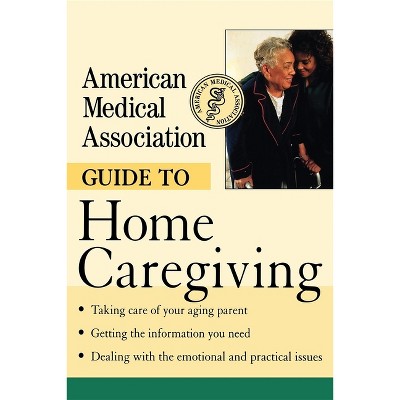About this item
Highlights
- The Confederate Navy's medical service is usually overlooked in histories of the Civil War, yet it was vital in maintaining the fighting strength of the South's navy and marine corps.
- About the Author: Guy R. Hasegawa is a retired editor and pharmacist living in suburban Maryland.
- 245 Pages
- History, Military
Description
About the Book
"The Confederate Navy's medical service is usually overlooked in histories of the Civil War, yet it was vital in maintaining the fighting strength of the South's navy and marine corps. Confederate medical officers not only manned war vessels, they staffed navy yards and land-based hospitals, gathered supplies, participated in raids, examined recruits, and even served at defensive shore batteries. Many such officers had served in the United States Navy, while others were recruited from civil life. Enlisted personnel and civilian physicians also helped the navy provide medical care. That care was used in managing battle wounds and other injuries but was more often devoted to preventing and treating disease. Malaria was particularly common among sailors and marines stationed in the swampy regions of the South. This book, the first devoted entirely to the medical corps of the Confederate navy, provides a carefully researched look at the men, structure, facilities, and activities of the organization. A complete list of men known to have been commissioned as naval officers is included."--Book Synopsis
The Confederate Navy's medical service is usually overlooked in histories of the Civil War, yet it was vital in maintaining the fighting strength of the South's navy and marine corps. Confederate medical officers not only manned war vessels, they staffed navy yards and land-based hospitals, gathered supplies, participated in raids, examined recruits, and even served at defensive shore batteries. Many such officers had served in the United States Navy, while others were recruited from civil life. Enlisted personnel and civilian physicians also helped the navy provide medical care--used in managing battle wounds and other injuries but more often devoted to preventing and treating disease. Malaria was particularly common among sailors and marines stationed in the swampy regions of the South.
This book, the first devoted entirely to the medical corps of the Confederate navy, provides a carefully researched look at the men, structure, facilities, and activities of the organization. A complete list of men known to have been commissioned as naval medical officers is included.
Review Quotes
"A more than respectable volume tracing the history, staffing, organization, duties, and actions of the naval medical corps."-Civil War Books and Authors
"A superlative, easily readable volume... Well researched and written. It is easy to read and leaves the reader wanting more information on the Confederate Navy Medical Corps. This volume is highly recommended to all interested in the naval medical aspects of the American Civil War, especially that of the Confederate States Navy."-The Confederate Navy Medical Corps
"Provides a carefully researched look at the men, structure, facilities, and activities of the organization...recommended"-Midwest Book Review
About the Author
Guy R. Hasegawa is a retired editor and pharmacist living in suburban Maryland. He has published numerous scholarly articles and books on Civil War medicine and is a frequent contributor to Civil War Navy--The Magazine.











